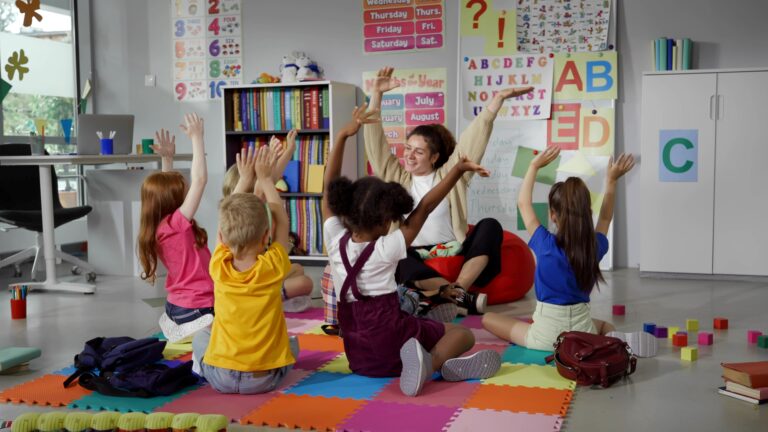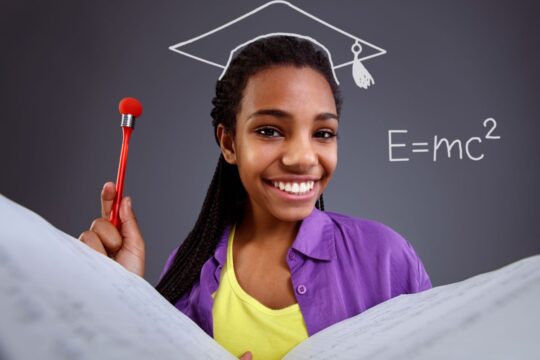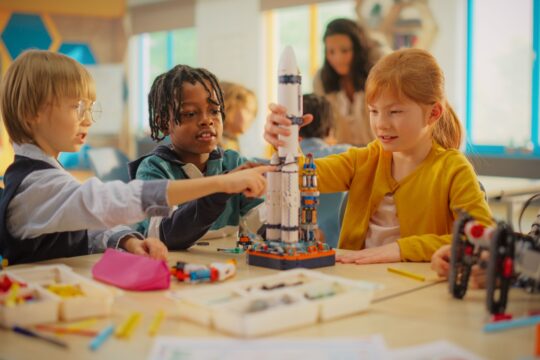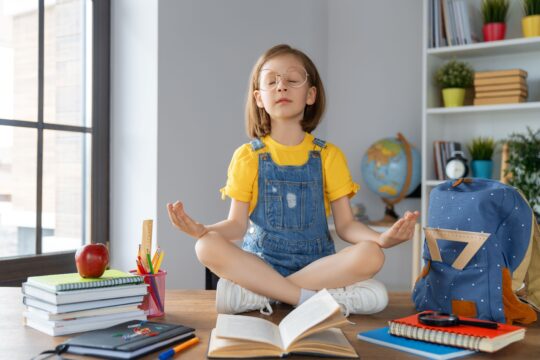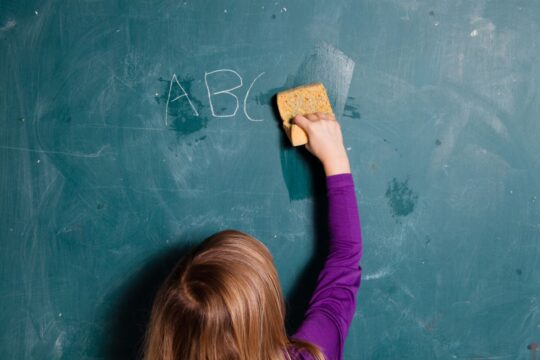Do you have a student who can’t seem to sit still for even a second? What if I told you that instead of asking them to stop moving, as an educator, you should encourage it?
Research shows that when students use their bodies during the learning process, it can significantly enhance retention, memory, and overall understanding—even when the movement isn’t directly related to the content being learned.
Movement-Based Learning: The Power of Physical Activity in Education
Imagine a math class where students solve word problems by physically acting them out. One study found that when students would use their bodies during word problems in math class, it changed the way thought about math.
Students were able to understand the problems better and were able to connect the math problems to their actions. By matching the words with their actions, they were able to enhance their learning.
This type of learning isn’t just for math. Physical engagement, such as walking while brainstorming or using hand gestures during a language lesson, taps into multiple areas of the brain, reinforcing connections and enhancing comprehension.
Movement doesn’t distract from learning—it amplifies it.
The Science Behind the Wiggles
How often have you seen a sea of wiggly students squirming in their seats? While many educators see this as a sign of distraction, research suggests it’s a natural and beneficial behavior.
The University of Chicago states that students’ gestures can reveal how well they understand a problem. For example, when a student’s gestures conflict with their verbal explanations, it often indicates they’re on the cusp of understanding.
Recognizing these gestures can help teachers adapt their strategies, offering insights into how students are processing information.
This phenomenon highlights the importance of paying attention to physical cues in the classroom. Movement isn’t a distraction; it’s a clue to what’s going on in a student’s mind.
Embodied Learning: A Holistic Approach
The term “embodied learning” is a concept that’s been around for decades. This method of learning involves using the whole body to learn.
Think of students tossing beanbags to practice math facts or walking through the steps of a historical timeline. These activities engage students physically and mentally, creating a more dynamic and memorable learning experience.
Montessori schools have long embraced this approach, and recent research supports their methods. Early physical exploration—such as crawling and touching—plays a critical role in brain development.
By incorporating physical movement into lessons, teachers can help students develop stronger neural connections, boosting both cognitive and motor skills.
The Brain on Movement
The connection between movement and brain function is undeniable. Physical activity stimulates the release of neurotransmitters like dopamine and serotonin, which enhance mood and focus.
This means that integrating movement into the classroom doesn’t just improve academic performance; it also reduces anxiety and fosters a more positive learning environment.
Teachers are increasingly incorporating “brain breaks” into their schedules – short periods of physical activity designed to recharge students’ minds.
A quick stretch, a dance party, or a short walk around the classroom can help students. These breaks let them come back to work with more energy and better focus.
Practical Ways to Integrate Movement
If you’re ready to bring more movement into your classroom, here are some practical strategies to get started.
Flexible Seating
Allow students to choose their own seating options. This can help fidgety students channel their energy productively.
Consider adding seating options such as wobble stools, yoga balls, bean bag chairs, floor cushions, lap desks, or standing desks.
Interactive Lessons
Incorporate physical actions into your lessons. For example, have students act out vocabulary words, use hand gestures to demonstrate math concepts, or create a human timeline for history lessons.
Brain Breaks
Schedule short movement breaks throughout each day. Whether it’s a two-minute stretch or a quick game of Simon Says, these breaks can boost focus and reduce restlessness.
Older students can benefit from a brain break as well. Try bodyweight exercises like jumping jacks, mindful movements like standing yoga poses, or paired-up walking discussions.
Classroom Games
Use games that involve movement, like relay races for spelling practice or scavenger hunts for science concepts. These activities combine fun and learning, keeping students engaged.
Why Movement-Based Learning Matters
Think about this for a minute. Students are confined to their desks for hours which limits their natural inclination for their body to move. This can lead to anxiety, restlessness, and reduced focus.
By incorporating movement into your teaching, you’re not just helping students stay active—you’re giving them a powerful tool to enhance their learning.
When students use their bodies to learn, they’re engaging in a process that makes lessons stick, reduces stress, and fosters a love of learning.
You have the chance to tap into the potential of movement, turning your classroom into an exciting and engaging space where every student can succeed.
Educators never stop learning; check out our available graduate degree programs to hone your skills and promote lifelong learning and academic excellence.
